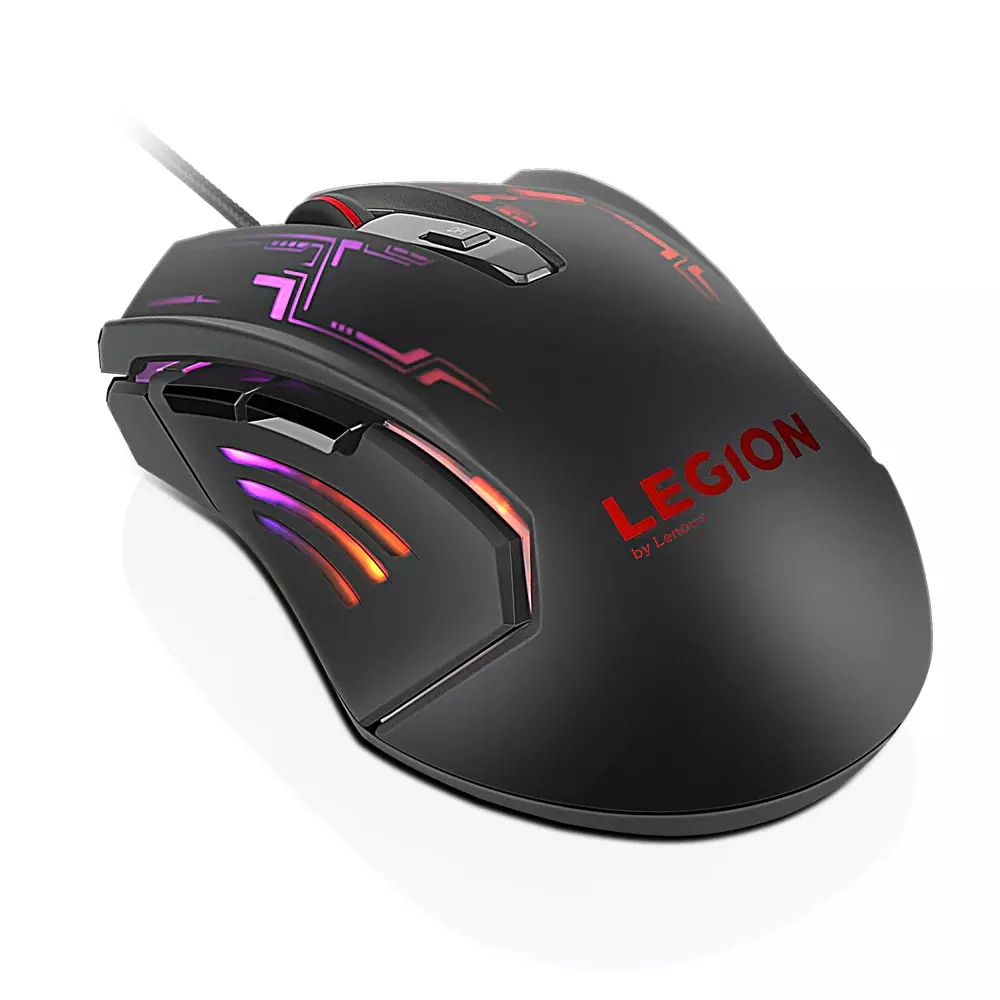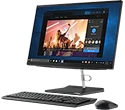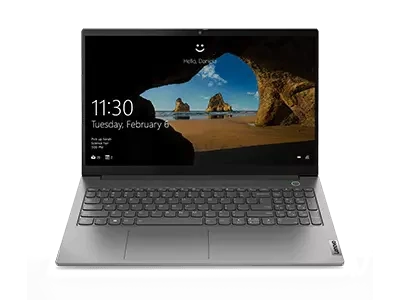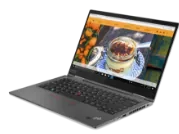How to Buy a Gaming Mouse
Experienced PC gamers have very specific preferences for the size, shape and sensitivity of the gaming mice they use to interact with virtual environments and win contests reliably. However, if you're new to gaming, or trying to improve your scores, you may be asking "What kind of gaming mouse is best for me?"
 With dozens of manufacturers and hundreds of styles to choose from, there's sure to be a gaming mouse that works for you. Yet while there are lots of buying factors – price, software, auxiliary functions, etc. – the most basic questions to address are how you grip your mouse, how you move it across your desk or mousepad, and how far and fast you want each movement to translate into on-screen action.
With dozens of manufacturers and hundreds of styles to choose from, there's sure to be a gaming mouse that works for you. Yet while there are lots of buying factors – price, software, auxiliary functions, etc. – the most basic questions to address are how you grip your mouse, how you move it across your desk or mousepad, and how far and fast you want each movement to translate into on-screen action.
Things to Consider When Buying a Gaming Mouse for Laptop & Desktop
You’ve already got a souped-up gaming laptop or gaming desktop. Now it’s time to find the right gaming mouse.
When shopping for a gaming mouse, you should first consider issues related to fit, feel and sensitivity. The mouse has to sit comfortably in your hand, match the way you use your wrist and arm, and move the cursor at the right speed for your style of play.
Gaming mice: Size and shape
It's important that your gaming mouse fit properly in your hand and fingers. A device that's too short or too long can put the main buttons where they're uncomfortable to click. A too heavy or too light mouse can affect control. Even the shape of the mouse (wide or thin, flat or arched) can affect how you use it.
To select a gaming mouse that's the right size and shape, consider how you hold the device:
- Fingertip grip: If you hold your mouse in your fingertips, then most experts advise that you use a device that's comparatively thinner, shorter, and lighter than other models. It will fit better within your fingers and allow the back of your hand to wrest on the playing surface, enabling greater control.
- Palm grip: If you rest the palm of your hand on top of your mouse as you use it, then a device that's wider, longer and heavier than other mice is said to be best for you. The width better supports your whole hand, the length puts the main buttons out at your fingertips, and the weight helps with control.
- Claw grip: If you hold your mouse toward the middle-front of your hand, with your fingers noticeably bent and only the bottom of your hand touching the device, then look for a mouse that's shorter than most others. Also look for a high arch or "bump" in the middle, which helps position and support your fingers.
Are you left handed? If so, you've already learned to use lots of right-handed tools. Gaming mice are no different, since most are built for right-handers (especially the thumb-oriented secondary action or function buttons). However, if you do a thorough search, you can find left-handed or ambidextrous gaming mice with buttons where you need them (mostly).
Gaming mice: Speed and responsiveness
The mice we used with early PCs relied on balls, rollers and wheels to sense where we wanted to position the cursor. Modern mice combine LED or laser light with tiny cameras to detect how far and fast the device moves against the illuminated surface of your desk or mousepad. A brighter light and better camera enable progressively more detailed movement detection and a more "sensitive" mouse.
Mouse sensitivity is measured in counts per inch or CPI, which indicates how many increments of on-screen movement can be generated by moving the mouse across one inch of desk or mousepad space. However, manufacturers typically use "dots per inch" or DPI to describe mouse sensitivity (probably because most consumers already understand DPI as a way to describe the visual precision of laptop displays).
It's difficult to recommend an exact DPI for all gamers, since everyone is different. Your mouse should help you make big, full-screen movements when needed but also help you aim and steer with pixel-perfect precision. With this in mind, here's some broad DPI guidance based on how you typically use your gaming mouse:
- Arm sweepers (low mouse DPI): Do you use your entire forearm when making big game movements? If so, you're an "arm sweeper." You move the mouse a greater physical distance for each action, so you need a less sensitive gaming mouse (say, 400-800 DPI) to prevent wildly exaggerated on-screen movements.
- Wrist flickers (high mouse DPI): Do you mostly use just your wrist and hand to initiate game maneuvers? Then you're a "wrist flicker." You move the mouse shorter distances, so you need a more sensitive DPI setting – 1000 or higher. If not, you'll need to lift and reposition your mouse to move across the screen.
- Arm and wrist users (medium mouse DPI): If you use both big arm movements and smaller wrist and hand actions, then you don't get a special name (sorry) and should probably look for a mouse in the medium sensitivity, 600-1000 DPI range. Lots of game players put themselves in this middle category.
Another term you'll encounter when shopping for a gaming mouse is polling rate, which measures how many times per second the mouse and computer communicate regarding cursor position. Higher polling rates -- measured in hertz (Hz) -- are better, and a wired mouse will always have a higher polling rate than a wireless one. But even a relatively slow polling rate still monitors cursor position hundreds of times per second and is likely sufficient for most gaming activities.
Additional factors to consider when buying a gaming mouse
Of course, there’s more to buying a gaming mouse than determining fit, feel and sensitivity. Here’s a quick look at some of the other factors that might influence your decision:
- Software: The best gaming mice come with software that allows you to adjust some of the settings, such as re-assigning button actions, or customizing the lighting effects. One thing to look for: Does the mouse save its settings profile on your PC or on the device itself? Many consider on-device memory superior, since you can use your mouse anywhere without having to reset your preferences.
- Battery life: Wireless mice are great for mobility, but they use batteries to maintain their connection with your PC. So, if you’re traveling to a gaming event, bring spare batteries, or use a wired mouse instead.
- Traditional vs. trackball: Many PC users have grown accustomed to using mice with central trackballs that can be moved with just a thumb. However, gaming experts advise against trackball mice for gaming. While they’re said to be fine for lateral movement, trackballs can be tricky for things like 180° turns.
Ready to shop? Lenovo offers a wide selection of gaming mice for all types of users (gaming laptops and gaming towers, too). Which one is right for you?



Limits: Orders limited to 5 computers per customer. For larger quantities, go to the “Where to Buy” section of the website for details of resellers and retailers of Lenovo products
Digital River UK Ltd is the authorised reseller and merchant of the products and services offered within this store.
Offerings and Availability: All offers subject to availability. Offers, prices, specifications and availability may change without notice. Digital River will contact you and cancel your order if the product becomes unavailable or if there was a pricing or typographic error. Product offerings and specifications advertised on this website may be changed at any time and without notice. Models pictured are for illustration purposes only. Lenovo is not responsible for photographic or typographic errors..
PCs shown here are shipped with an operating system.
Prices: Web prices advertised include VAT. Prices and offers in the cart are subject to change until the order is submitted. *Pricing - savings referenced off regular Lenovo web prices. Reseller prices may differ from those advertised here.
**Battery: These systems do not support batteries that are not genuine Lenovo-made or authorised. Systems will continue to boot, but may not charge unauthorised batteries. Lenovo has no responsibility for the performance or safety of unauthorised batteries, and provides no warranties for failures or damage arising out of their use. **Battery life is based on the MobileMark® 2014 methodology and is an estimated maximum. Actual battery life may vary based on many factors, including screen brightness, active applications, features, power management settings, battery age and conditioning, and other customer preferences.
Finance is provided by Duologi. Duologi is the trading name of Specialist Lending Ltd.
General: Review key information provided by Microsoft® that may apply to your system purchase, including details on Windows 10, Windows 8, Windows 7, and potential upgrades/downgrades. Lenovo makes no representation or warranty regarding third-party products or services.
Trademarks: Lenovo, ThinkPad, IdeaPad, ThinkCentre, ThinkStation and the Lenovo logo are trademarks of Lenovo. Microsoft, Windows, Windows NT, and the Windows logo are trademarks of Microsoft Corporation. Ultrabook, Celeron, Celeron Inside, Core Inside, Intel, Intel Logo, Intel Atom, Intel Atom Inside, Intel Core, Intel Inside, Intel Inside Logo, Intel vPro, Itanium, Itanium Inside, Pentium, Pentium Inside, vPro Inside, Xeon, Xeon Phi, Xeon Inside, and Intel Optane are trademarks of Intel Corporation or its subsidiaries in the U.S. and/or other countries.©2020 Advanced Micro Devices, Inc. All rights reserved. AMD, the AMD Arrow logo, Athlon, EPYC, FreeSync, Ryzen, Radeon, Threadripper and combinations thereof are trademarks of Advanced Micro Devices, Inc. Other company, product or service names may be trademarks or service marks of others.




















